The Magic of Light and Color
written by art historian & curator
Imagine stepping into a gallery. The room is bathed in an otherworldly glow—subtle, shifting hues that seem to bend and shimmer before your eyes. As you walk closer, the colors deepen and the light intensifies, transforming the blank walls into a living, breathing experience. For a moment, time feels suspended. You ask yourself, ”How can something as simple as light and color evoke such a powerful, almost mystical sensation?”
Videos you may enjoy as well:
This experience is not unique. Throughout history, artists have wielded light and color like magicians, turning ordinary materials into gateways to another world. From the dramatic contrasts of chiaroscuro to the ethereal glow of contemporary installations, light and color have always had the power to captivate and mesmerize. But what is it about these two fundamental elements that make them so enchanting? Why do certain combinations of light and color have the ability to stir emotions and transport us into a state of wonder?
How did artists, both past and present, unlock the mysterious magic of light and color? By uncovering the alchemy behind their techniques, we can answer the question: What is the true power of light and color in art, and how do they transform not just what we see—but how we feel?
The Alchemy of Light
At its core, light is the fundamental ingredient that allows us to see and perceive the world. In art, light has been used symbolically and technically to shape how we experience an image or an environment. One of the most striking examples of the magic of light is chiaroscuro, a technique that uses strong contrasts between light and dark to create a dramatic sense of depth. Renaissance artists like Caravaggio and Rembrandt have perfected the method. Their work transforms simple scenes into moments of high emotion and narrative intensity through their mastery of light.
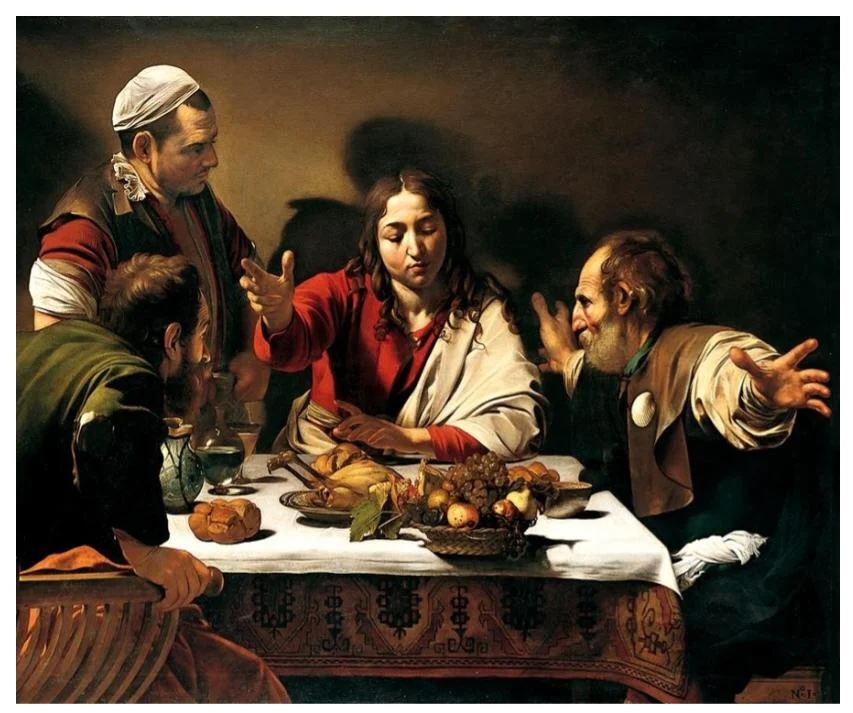
In Caravaggio’s paintings, for instance, figures emerge from shadow into sharp, almost theatrical light, which gives the impression of divine illumination. The contrast between light and darkness, known as tenebrism, creates a mysterious atmosphere, suggesting that what remains in shadow is just as important as what is revealed. This delicate balance between what is seen and unseen is key to creating a sense of magic—what we don’t know or can’t fully see keeps us enchanted.
The magic of light was explored in a very different way by the Impressionists. Artists like Claude Monet sought to capture light in all its fleeting, natural beauty. Instead of using light to heighten the drama, they focused on how light changes throughout the day, reflecting off surfaces, shimmering on water, and casting soft shadows on fields and buildings.
Monet’s series of water lilies captures the interplay of light on water with mesmerizing effect. The light becomes the subject, revealing the transient beauty of nature. Here, the magic of light is found in its ephemerality. We are reminded that time is always moving, and with it, the qualities of light are always shifting. Through this use of light, the Impressionists created a world that felt alive, vibrating with the energy of the moment.
The Mysticism of Color
Color in art can evoke emotions, communicate ideas, and create symbolic meanings. The magic of color lies in its ability to tap into our subconscious and stir feelings that words cannot always express. Different colors have long been associated with various emotional states. Red can evoke passion, anger, or danger; blue is often linked to calm, introspection, and melancholy; yellow suggests joy and energy. Artists throughout history have used color strategically to invoke specific emotional responses from their viewers.
Consider Mark Rothko’s massive color field paintings. His large, abstract works feature blocks of pure color, layered to create an immersive experience for the viewer. Rothko’s use of color transcends representation; his colors evoke a powerful emotional response, often described as meditative, spiritual, or even overwhelming. In front of his work, viewers are not simply seeing color—they are feeling it. His color fields seem to pulse and shift, making the viewer aware of their own emotional landscape as they move through the work. The magic here is in the emotional resonance Rothko conjures through his bold, atmospheric use of color.
Yves Klein explored the spiritual potential of color itself. Klein’s famous International Klein Blue (IKB) is a deep ultramarine hue that he claimed evoked the infinite. For Klein, the color wasn’t just a shade—it was a way to suggest the vastness of the sky, the sea, and the intangible forces that shape our existence. Through the use of this singular color, Klein captured a sense of the transcendent, turning color into a portal to the metaphysical.
The Intersection of Light and Color
When light and color come together, the results can be transcendent. Some artists focus on the interplay between the two, creating works where the way light interacts with color creates a sense of magic and mystery.
James Turrell is a contemporary artist who uses light as his medium, turning entire spaces into immersive experiences. Turrell is often described as a “sculptor of light”, transforming light into something tangible, creating experiences that challenge how we perceive space, depth, and reality. Turrell’s installations immerse viewers in environments where light seems to take on physical properties, manipulating their sense of time and space. Through these encounters, light itself becomes a language, speaking to viewers on a psychological and even spiritual level. His “Skyspaces” are perhaps his most famous series—these architectural installations feature apertures in the ceiling, framing the sky above as part of the art. At different times of the day, the natural light coming through the aperture interacts with the interior light, creating mesmerizing effects.
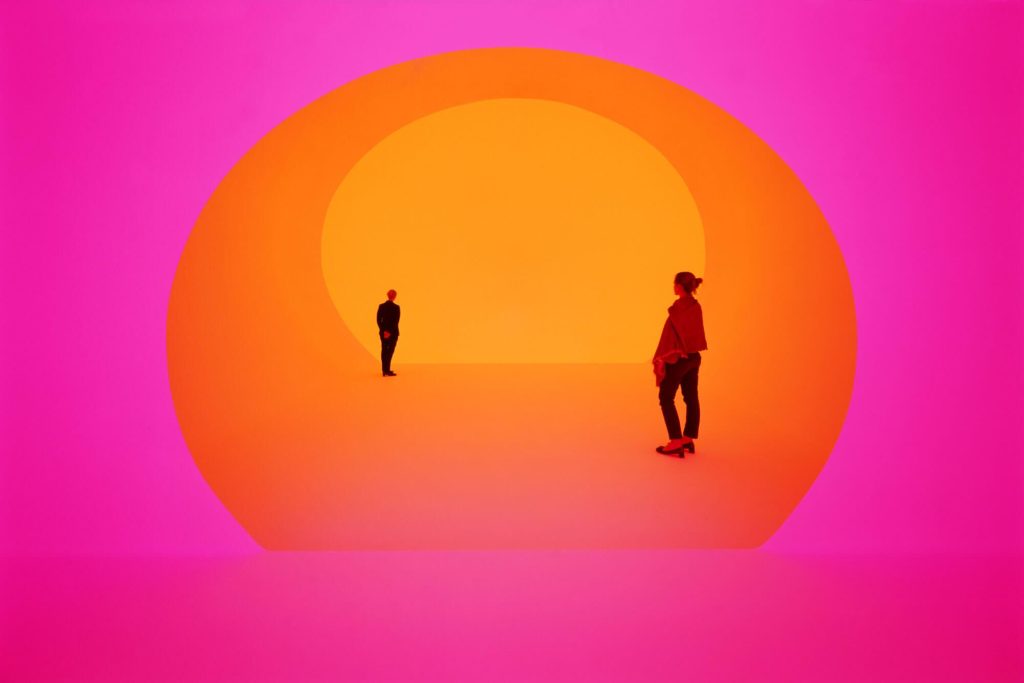
In works like “Roden Crater”, a large-scale environmental artwork in Arizona, Turrell manipulates natural light through tunnels and chambers carved into the crater, altering viewers’ perception of the sky and the earth. The sky becomes a vast canvas, its color and light are continually shifting in ways that feel magical and transcendent. As the sun rises and sets, the color of the light inside the crater changes dramatically, offering a meditative experience. Viewers often describe these experiences as spiritual or transformative, as though they are witnessing something beyond the physical. By removing objects and focusing purely on the experience of light, Turrell invites us into a meditative space where the magic of light and color can be fully appreciated. His ability to use light to alter our perception speaks to its power as a language in his work. He communicates not through symbols or narratives, but through sensation. In Turrell’s hands, light becomes a medium for exploring the limits of human perception. It draws attention to the very act of seeing and opens a dialogue between the viewer and the cosmos, making them reconsider their relationship with the world around them.
While Turrell is known for his quiet, meditative approach, Olafur Eliasson uses light and color to create spectacular experiences that challenge our understanding of nature, space, and human experience. His work frequently addresses environmental and social themes, using light as a way to transform space and provoke reflection on the natural world. Eliasson’s most famous work, “The Weather Project” (2003), filled the Tate Modern’s Turbine Hall with an enormous, glowing, artificial sun. The installation used hundreds of lamps behind a semi-circular screen of mirrored foil, creating the illusion of a perfect circle of light. Mist filled the room, adding a sense of atmosphere, while the ceiling was entirely mirrored, reflecting the viewers and the sun back onto themselves.
The magic here lies in the fact that light becomes both the subject and the environment, enveloping viewers and shifting their understanding of their surroundings. Eliasson uses light to create a communal experience and to draw attention to our relationship with the natural world. This forces us to confront the boundaries between reality and illusion. The installation posed subtle questions about how we interpret nature, climate, and human-made environments, using light as the language to convey this dialogue.
Whether through the dramatic contrasts of chiaroscuro, the ethereal beauty of natural light, or the emotional and symbolic power of color, artists have long used these elements to evoke mystery, wonder, and awe. In the hands of a skilled artist, light and color become more than just tools—they become the very essence of magic, capable of transcending the physical world and touching something deeper in our souls.

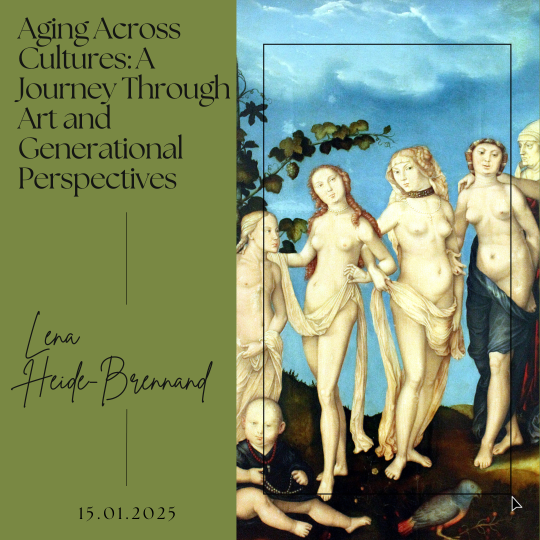

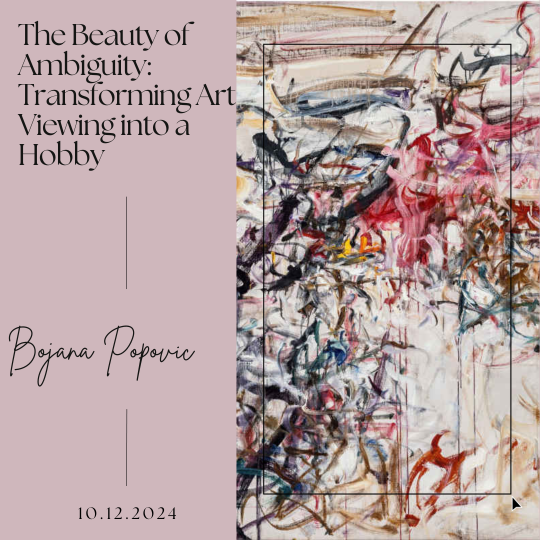
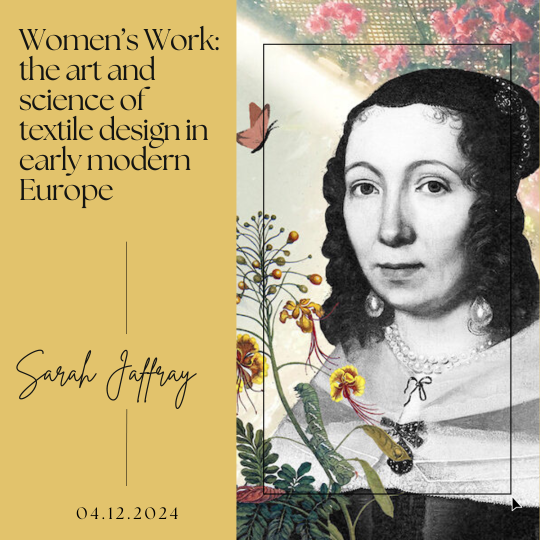

Leave a Reply